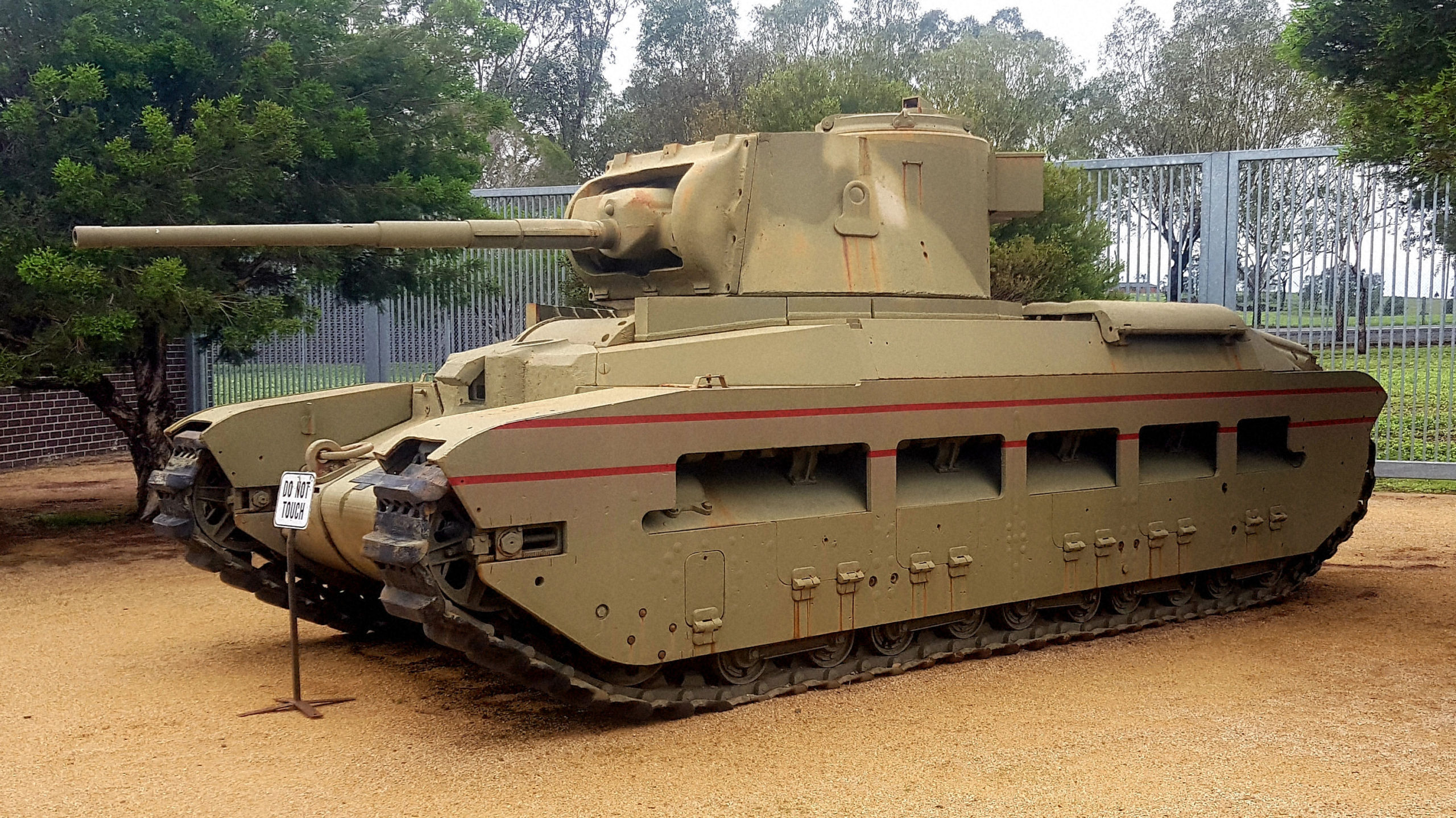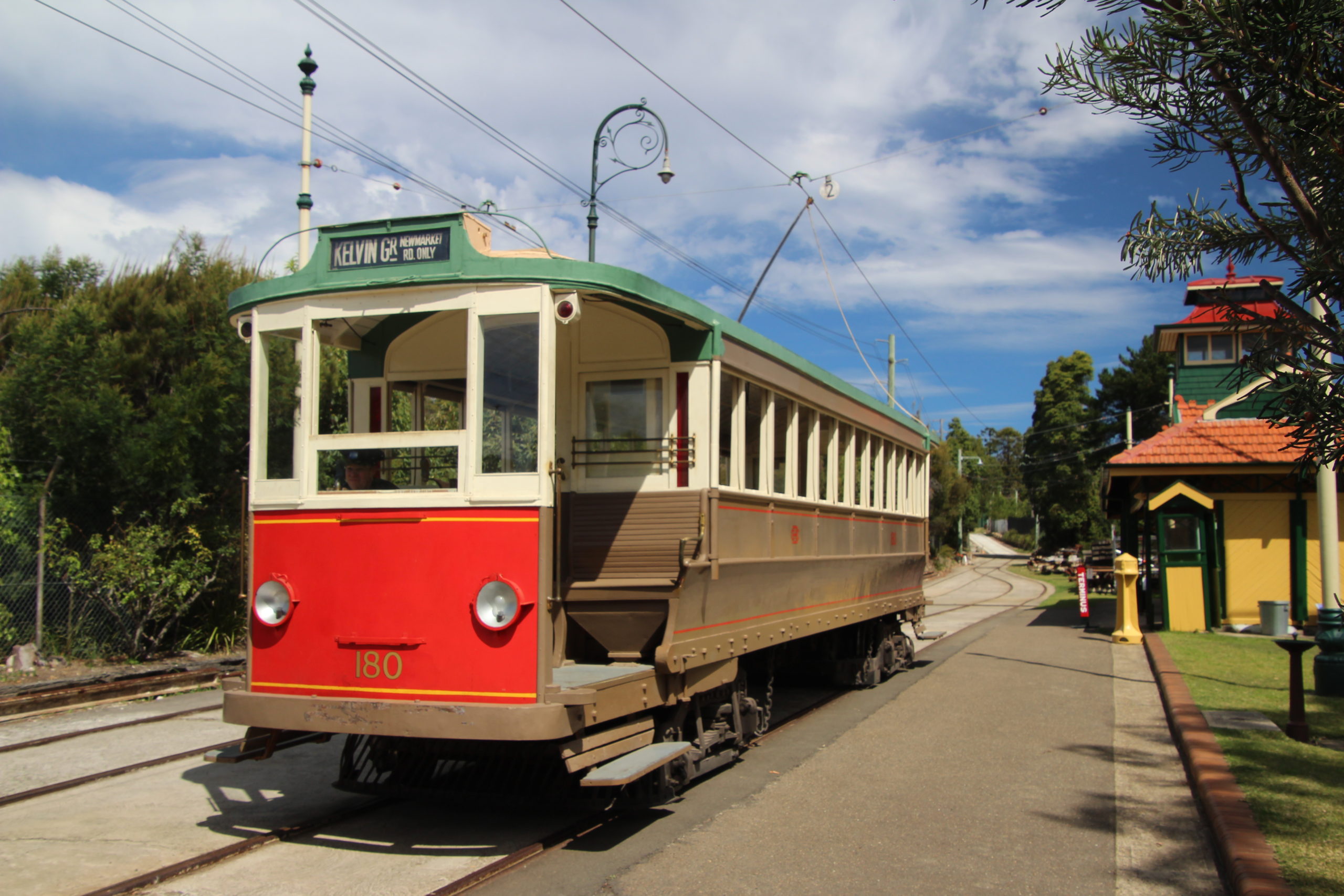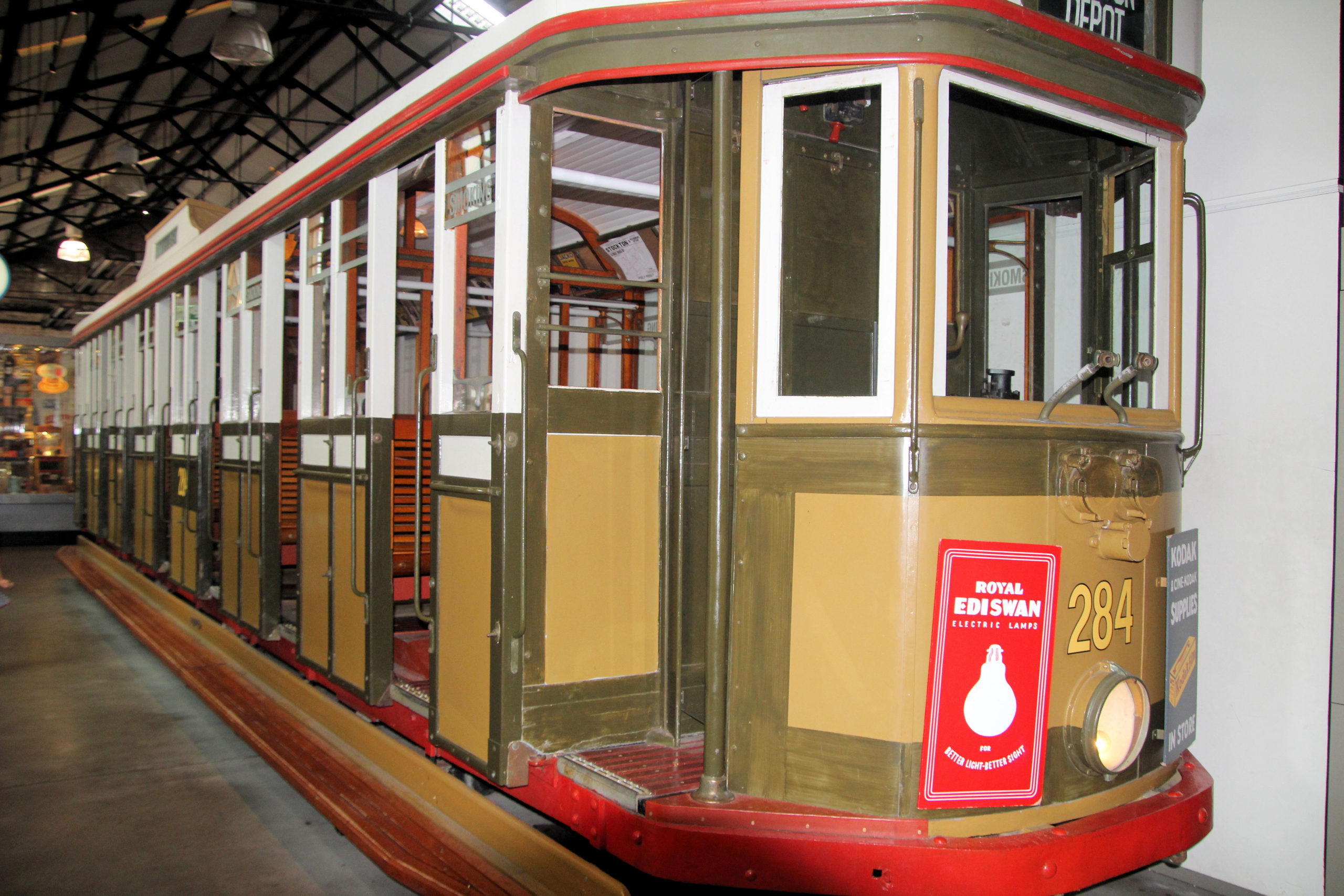Tag: museum
-
Australian Army Infantry Museum

Australian Army Infantry Museum Only a ten-minute drive south of Singleton in the Hunter Valley, the Australian Army Infantry Museum showcases the history of Australia’s infantry men and women from colonial times to the present. Entry is free for Australian Defence Force members, with a modest $8.00 fee for adults (2020) and discounts for children… Read more
-
Sydney Tramway Museum Australia

Sydney Tramway Museum Located in Sydney’s southern suburb of Loftus, the Sydney Tramway Museum, is the largest of its kind in the Southern Hemisphere. Hosting a collection of trams from Sydney, other Australian and some international cities makes this museum a must-see for tram and train lovers. Getting to the Sydney Tramway Museum In addition… Read more
-
Newcastle Museum New South Wales

Newcastle Museum Founded in 1988 and relocated to its current building in 2011, Newcastle Museum preserves the history of Newcastle. Situated in Honeysuckle and occupying old railway workshops, the museum opens Tuesday to Sunday. Closed on Mondays, except in school holidays, the museum is a great place to visit There is no cost to visit… Read more